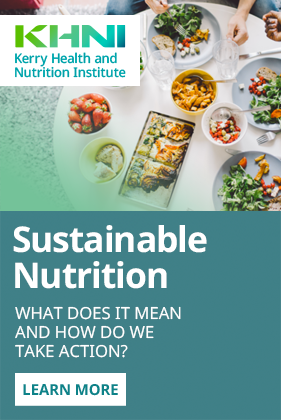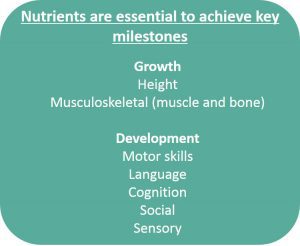 It is easy to think that kids’ bodies are so adaptable, they can eat anything and grow up to be healthy adults. Many parents remember a time when their kids only wanted to eat their favorite food rather than a balanced diet, but this is often short-lived. In this blog, we focus on the longer-term perspective to consider the importance of balancing calories eaten with energy expended and the nutrients essential to support critical growth and development in children and teens (2-18 years of age).
It is easy to think that kids’ bodies are so adaptable, they can eat anything and grow up to be healthy adults. Many parents remember a time when their kids only wanted to eat their favorite food rather than a balanced diet, but this is often short-lived. In this blog, we focus on the longer-term perspective to consider the importance of balancing calories eaten with energy expended and the nutrients essential to support critical growth and development in children and teens (2-18 years of age).
Nutrients to achieve linear growth
Linear growth occurs throughout childhood and adolescence and is mostly seen as increase in height and muscle mass. There are some periods of growth during this time that are particularly rapid. If critical periods of growth are affected, such as by not providing enough energy or building blocks required by the body to fuel this growth, permanent stunting or lifelong low bone mineral density can occur. The consequences can include lifelong increased risk of overweight/obesity and bone fractures.
An average 2-year-old boy’s height typically doubles and weight increases 5 times that of his starting weight by 20 years of age (CDC Growth Chart for Boys Age 2 to 20 years).

Protein and calories are building blocks that support rapid linear growth of muscle and tissues and also support healthy body composition (lean muscle versus body fat). Providing adequate calories allows protein to be used for growing body tissues. Getting too many calories leads to overweight and obesity, which persists in adult years. More than three out of four obese kids grow up to be obese adults (Freedman, 2001).
Protein needs to be adequate in quantity as well as quality by providing the nine essential amino acid building blocks. Dairy and egg protein sources are gold standards when it comes to protein quality. Generally, animal and soy are complete proteins, but plant proteins can provide a complete complement of amino acids when paired appropriately. Children and teens restricting animal protein foods need to be extra vigilant to consume foods that will help them meet their essential amino acid needs, as well as other nutrients present in animal foods (like calcium, iron, zinc and choline).
Calcium and vitamin D support linear bone growth and build bone density. Up to 90% of peak bone density is achieved by 18-20 years of age (National Institute of Health, 2015). For the rest of a person’s life, the body relies on bone as a reserve to draw on in times of need. This means that if children and teens don’t consume enough calcium and vitamin D during this time of peak bone growth, they are at a higher risk of osteoporosis because less has been stored in the bone for use in later years.
Iron is an essential part of red blood cells that deliver oxygen throughout the body, including active muscles and the brain. As the body grows, blood volume expands to keep pace. Moreover, for adolescent girls, menstruation more than doubles demand for iron to replace blood losses.
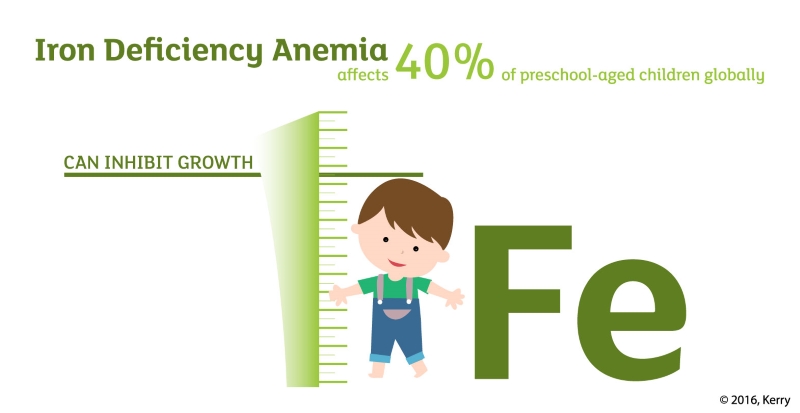
Zinc is a metabolic facilitator supporting numerous processes associated with growth, sexual maturation, and immunity (Institute of Medicine, 2001; Caulfield, 2004). In many regions of the world, both iron and zinc intakes are inadequate due to limited availability of food sources of these nutrients. This is typically the case when meat availability is limited, since plant sources of iron and zinc are not as available to be absorbed by the body due to factors such as dietary inhibitors, like phytate (a so-called ‘anti-nutrient’ that binds minerals in the digestive tract), found in many plants.
Do you want to stay up-to-date with the latest in science-based nutrition?
(You will receive 1 monthly email updating you on our new content)
Nutrients to achieve cognitive and sensory development
As with linear growth, nutrients serve as both structural building blocks and as regulating factors in developing cognitive and sensory systems. Key nutrients are highlighted here, but many other nutrients are essential for health.
Iodine is required to synthesize hormones in the thyroid gland that are especially important for the developing brain.
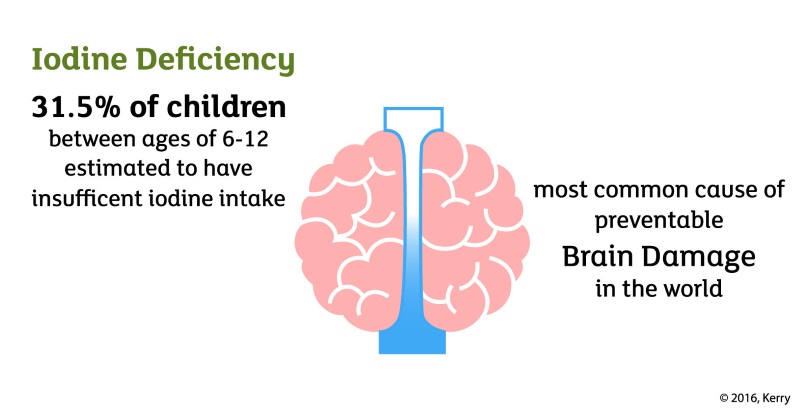
Zinc is an essential facilitator for dozens reactions that regulate growth, so it is no surprise that zinc is involved in cognitive development. Supplementation in high-risk young children is not supported by evidence for improving cognitive outcomes, so preventing deficiency is key (Gogia, 2012).
Iron plays a direct role in the nervous system. Moreover, iron-deficiency is associated with fatigue and impaired immunity, which may affect school attendance and ability to perform at school. Emphasizing dietary sources of iron, managing dietary inhibitors, and selective fortification combined with disease management continue to be public health priorities.

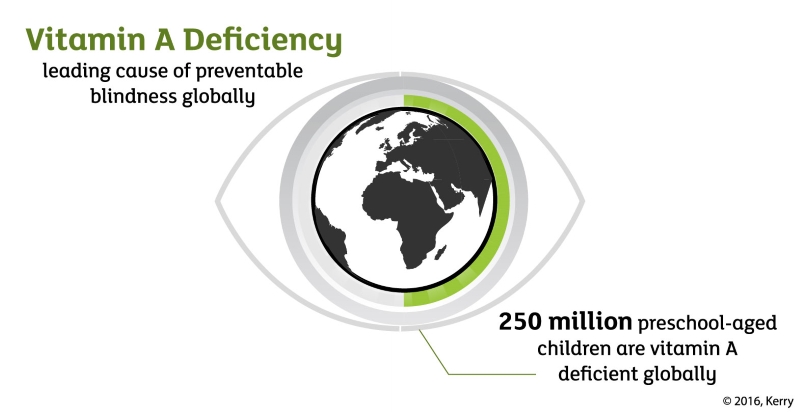
The carotenoids lutein and zeaxanthin are present in the retina of the eye and in brain tissue where they may serve as important antioxidant protection.
Putting nutrients into a food perspective
With so many nutrients critical for healthy growth and development, it may seem impossible to balance getting enough of each nutrient without too many calories. However, keep two simple principles in mind.
- Provide a variety of nutrient-rich foods while limiting high caloric density foods. For more specifics, the American Academy of Pediatrics provides a feeding guide with respect to foods, portions and daily amounts (Daniels 2015).
- Tailor foods for children and adolescents to their specific needs. Plant foods can be modified to improve protein quality or processed to remove anti-nutrients, making vitamins and minerals more easily absorbed by our bodies. For example, different plant proteins can be mixed to create complementary proteins which contain all of the essential amino acids. Techniques such as soaking, cooking, or fermenting can reduce the amount of anti-nutrients in plant foods. The types of nutrients and amount we put into foods targeted to kids should reflect what their bodies’ need. In the age of consumers seeking short ingredient lists, it is important to make sure vitamins and minerals do not become collateral damage.
- Help kids develop food preferences for a variety of foods. Childhood is a key time to develop food preferences beyond those they are born with. It can take between 6 to 15 exposures before preference increases, but children exposed to a variety of foods early in life retain a preference for these foods over time (Ventura, 2013).Read our blog ‘Turning Fussy Young Eaters info Foodies’ for more on helping kids learn good eating behaviors.
As experts working in the food industry, we can make a positive impact on kids health by focusing on balancing cost with delivering key nutrients in low to moderate calorie forms, while helping kids explore and expand food preferences.
-
Barbara Lyle, PhD
Barbara Lyle, PhD, brings over 25 years of experience in the consumer food industry working on and leading cross-functional teams at the fuzzy front end of consumer concept development, new products, science trends, and global platform development. She has worked with top innovation companies globally and previously served as treasurer for the American Society for Nutrition. Barbara is currently adjunct faculty at Northwestern University, School of Professional Studies. She has co-authored numerous scientific publications, patents, and submissions to FDA and USDA addressing labeling regulations.
-
References
Caulfield, LE and RE Black. “Zinc deficiency.” In: World Health Organization “Comparative quantification of health risks: Global and regional burden of disease attribution to selected major risk factors.” 2004. Current website. http://www.who.int/publications/cra/chapters/volume1/0257-0280.pdf
de Benoist B, E McLean, M Andersson, and L Rogers.“Iodine deficiency in 2007: global progress since 2003.” Food Nutr Bull. 2008;29(3):195-202.
Freedman DS, LK Khan, Dietz WH, Srinivasan SR, and Berenson GS. “Relationship of childhood obesity to coronary heart disease risk factors in adulthood: the Bogalusa Heart Study.” Pediatrics. 2001 Sep;108(3):712-8.
Gogia, S and HS Sachdev. “Zinc supplementation for mental and motor development in children” Cochrane. October 12, 2012.Daniels SR, Hassink SG, and Committee on Nutrition. “The Role of the pediatrician in primary prevention of obesity” Pediatrics 2015;136(1):e275-e292.
Institute of Medicine. “Dietary reference intakes for vitamin A, vitamin K, arsenic, boron, chromium, copper, iodine, iron, manganese, molybdenum, nickel, silicon, vanadium, and zinc.” Washington, DC. The National Academies Press. 2001.
“Kids and their bones: A guide for parents.” National Institute of Health Osteoporosis and Related Bone Diseases National Resource Center. 2015. URL: http://www.niams.nih.gov/health_info/bone/bone_health/juvenile/default.asp
“Micronutrient deficiencies”. World Health Organization. 2016. URL: http://www.who.int/nutrition/topics/micronutrients/en/
Ventura, AK and John Worobey J. ”Early Influences on the Development of Food Preferences” Current Biology. 2013;23(9): R401–R408.


